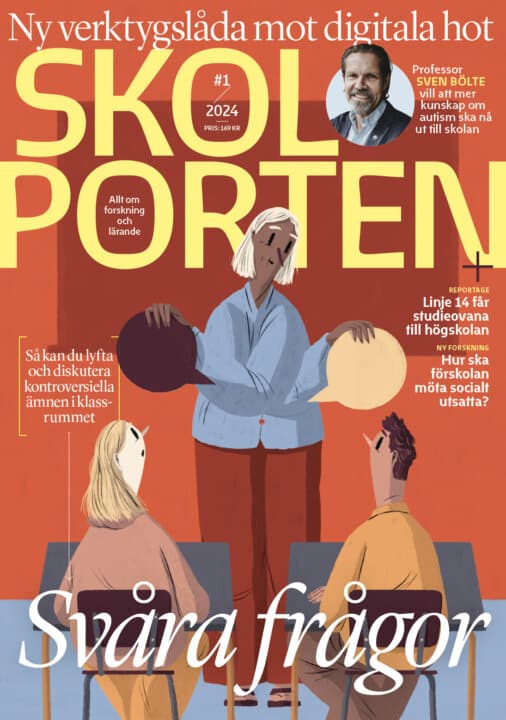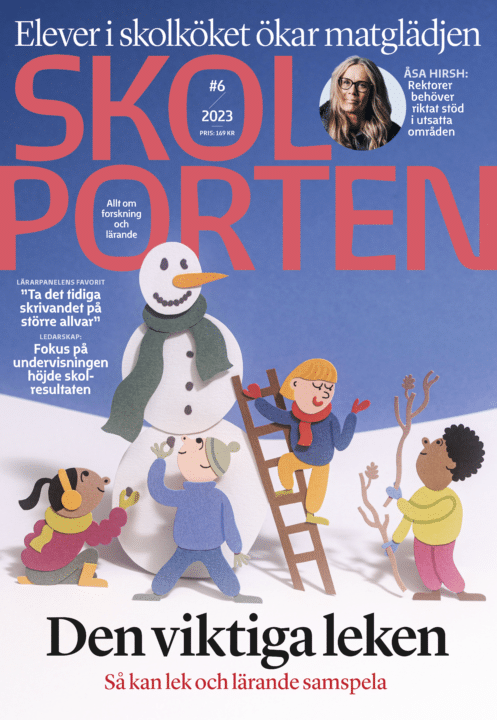Perceiving emotions with a bilingual mind
Marie-France Champoux-Larssons avhandling undersöker perception av emotion hos tvåspråkiga i olika åldrar.
Marie-France Champoux-Larsson
Francisco Esteves, Mittuniversitetet Alexandra Dylman, Mittuniversitete
Professor Emerita Deborah Roberson, University of Essex
Mittuniversitetet
2018-12-05
Perceiving emotions with a bilingual mind
Perceiving emotions with a bilingual mind
The aim of this thesis was to investigate the perception of emotions in bilingual individuals. Constructionist theories of emotions state that an instance of an emotion is built out of our inner perceptions, of context and observations, as well as of our concept knowledge of a given emotion. Language plays a major role in the perception of emotions since it is the binding agent that holds together the building blocks of an instance of an emotion. Furthermore, language shapes the perception of, amongst other things, emotion, allowing us to interpret a panoply of cues and stimuli which without a specific word would not belong together. However, it is unknown whether having more than one language affects the perception of emotions.
In the first study, the perception of facial instances of emotions was investigated in a group of 4-year-olds. Previous results showing that children gradually learn to identify specific instances of emotions were replicated, but no effect of linguistic group was found. It is still unclear however whether a child’s linguistic environment may nonetheless have an effect on emotion perception since the task was simple and perhaps became too easy when the right labels were provided to the children.
In the second study, a semantic and a prosodic bias were investigated in a group of children aged 6-8 years. While age predicted a decline of the semantic bias, as was found in previous studies, level of bilingualism did not. On the other hand, level of bilingualism predicted a larger prosodic bias. Thus, this study suggest that what was previously believed to be a bilingual advantage in prosody processing was in fact driven by a bias towards prosody.
Finally, in the third study, the relationship between bilingualism and social flexibility in adults was investigated. The results of the third study could not support the idea that bilinguals are more socially flexible. In fact, in terms of cue acuity, level of education predicted better performance, while proficiency in a second language predicted lower accuracy. The results of this study suggest that when a caricatured instance of an emotion is presented out of context, having two languages does not facilitate perception and may perhaps create more uncertainty
Relaterade länkar

Undervisa i artificiell intelligens
 Gy–Vux
Gy–Vux 







